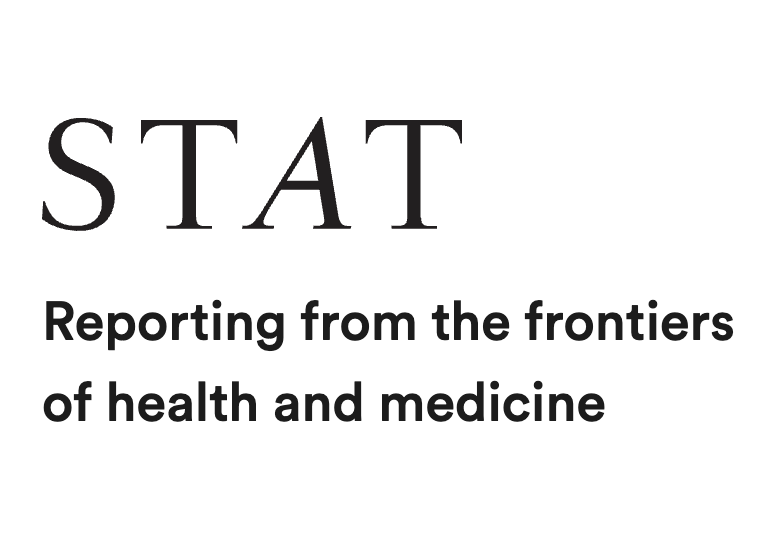STAT – The number of people with diabetes worldwide is set to more than double to 1.3 billion by 2050, a new study finds, a trend accelerated by widening inequities both between and within countries.
By 2050, about 1 in 10 people around the world are predicted to have the disease, representing a 60% surge in the prevalence of diabetes, according to the study, published Thursday in the Lancet as part of a wide-ranging series on global inequities in diabetes.
Editors of the Lancet wrote in an editorial for the series:
“Diabetes will be a defining disease of this century.
“How the health community deals with diabetes in the next two decades will shape population health and life expectancy for the next 80 years.
“The world has failed to understand the social nature of diabetes and underestimated the true scale and threat the disease poses.”
Rising rates will be driven by type 2 diabetes, which made up 96% of diabetes cases worldwide in 2021, and type 2 diabetes cases will in large part be driven by obesity, a primary risk factor for the disease.
While the authors attribute about half of the rise in diabetes over the next three decades to demographic shifts such as aging populations, they attribute the remaining half to surging obesity rates.
Diabetes has traditionally been thought of as a disease that occurs in high-income countries, but along with obesity, it’s increasingly affecting low- and middle-income countries as well.
These regions are rapidly shifting to industrialized lifestyles consisting of diets made up of processed foods and reduced physical activity, while also experiencing limited health spending and inadequate treatments, the authors said.
Even though new, highly effective drugs for obesity and diabetes have emerged — such as the class of GLP-1 drugs that include Ozempic, Wegovy and Mounjaro — addressing diabetes worldwide requires not only medical interventions, but also broad changes to the environments people live in, the Lancet editors wrote …
Diabetes is the most expensive chronic condition in our nation.
- $1 out of every $4 in US health care costs is spent on caring for people with diabetes.
- $237 billion is spent each year on direct medical costs and another $90 billion on reduced productivity.
- 61% of diabetes costs are for adults aged 65 or older, which is mainly paid by Medicare.
- Among Medicare beneficiaries aged 65 or older with type 2 diabetes, the estimated median costs associated with diabetes complications is $5,876 per person each year.
- 48% to 64% of lifetime medical costs for a person with diabetes are for complications related to diabetes, such as heart disease and stroke.



